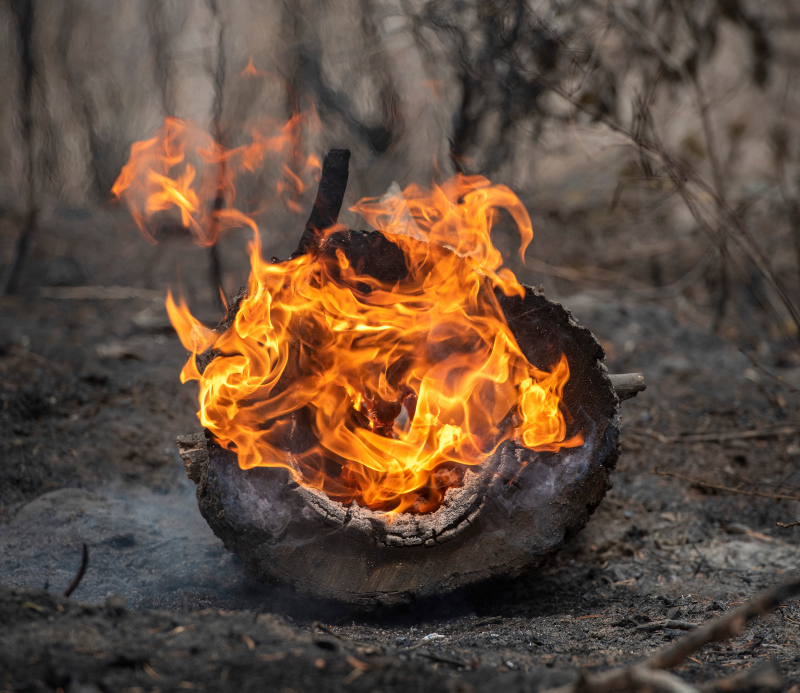Crews were making progress in stopping the nation's largest active wildfire from spreading on Monday, the fourth straight day of warnings of extreme fire conditions in northern New Mexico.
The nearly 8-week-old fire was surrounded by containment lines cut and scraped around half of of its perimeter, enclosing 493 square miles (1,276 square kilometers) of forested mountains and foothills east of Santa Fe.
Nearly 3,000 firefighters and other personnel were assigned to the blaze, the largest in New Mexico's recorded history.

Red flag warnings were issued for Saturday through Monday because of high winds and low humidity, but crews backed by bulldozers and aircraft dropping water by midday Monday were able to jump on hot spots and allow only minimal growth, officials said.
With forecasts calling for improved weather conditions beginning Tuesday, fire officials said they were reducing the frequency of livestreamed evening "community meeting" briefings from daily to three times a week.
"This change is a direct result of the positive progress firefighters have made in containing this fire and limiting fire growth," officials said in a statement.
In another reflection of gains make to check the fire's growth, San Miguel County on Saturday lifted evacuation orders for several areas on the fire's western flank and downgraded pre-evacuation warnings in others.

Thunderstorms could develop in the area during a period beginning Wednesday night and ending Friday, said incident meteorologist Bruno Rodriguez. However, "we're not expecting widespread, wetting rain with it."
Initial estimates say the fire has destroyed at least 330 homes but state officials expect the number of homes and other structures that have burned to rise to more than 1,000 as more assessments are done.
The fire started in early April as a result of prescribed burns that either got of control or smoldered for months before bursting in to flames with drier and warmer weather.
Most of the large fires so far this spring have been in Arizona and New Mexico in a region where many fire managers have described forests as "ripe and ready to burn" due to a megadrought that has spanned decades and warm and windy conditions brought on by climate change.